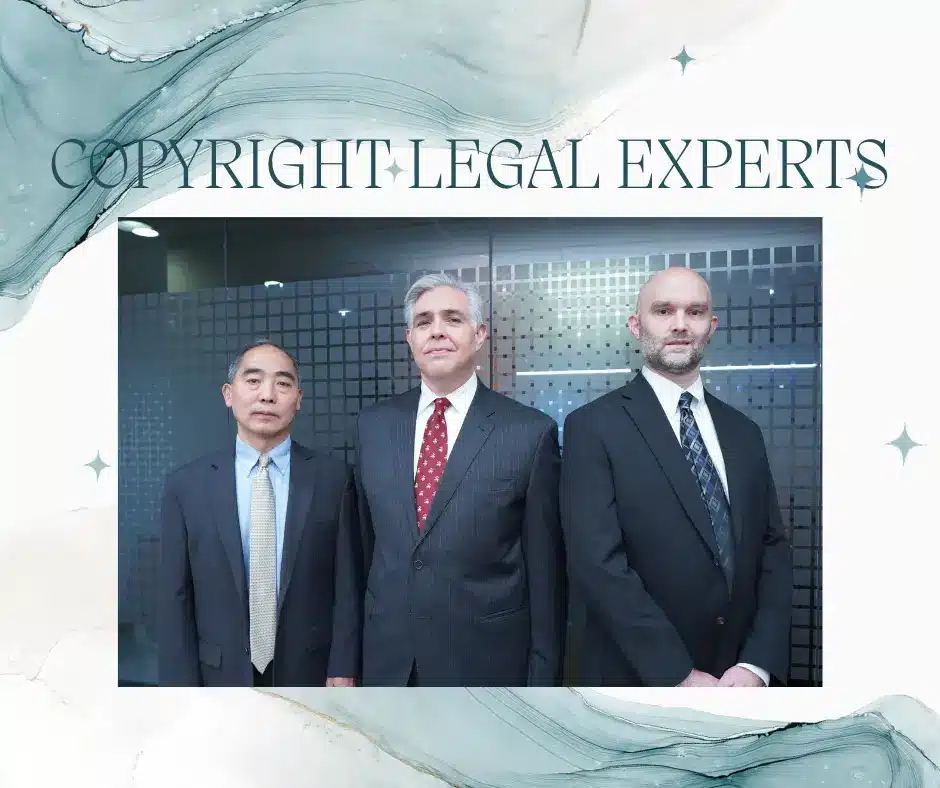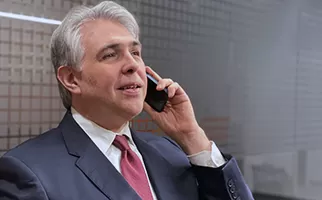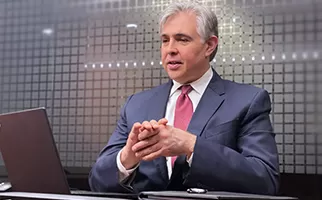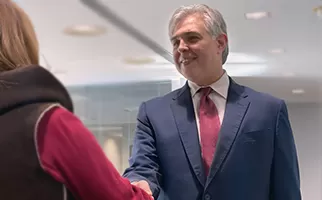COPYRIGHT
Copyrights are more complex than people think. It’s important to know exactly what a copyright is for and what it protects.
Trademarks
Understanding Copyright: A Pillar of Intellectual Property
Copyright stands as a cornerstone of intellectual property, empowering the creator of an original piece with exclusive rights to use, distribute, and showcase their work. It is a protective shield, ensuring that only the genuine creator or the copyright holder can exercise these unique rights over the material.
Delving deeper into the realm of intellectual property, we can bifurcate it into two primary categories: Industrial, encompassing patents for innovative inventions and the realm of trademarks and Copyright. Notably, while copyrights can sometimes bear a resemblance to industrial patents, they distinctly protect creations under the expressive arts spectrum.
Categories of Intellectual Property
There are two main categories of intellectual property:
- Industrial (patents for inventions and trademarks)
- Copyright.
Copyright has some similarities to patents, but there are very important differences that make copyright better suited to protect expressive works.
What Is A Copyright?
A copyright is a form of intellectual property that gives the creator of an original work the right to use or distribute the work. Only the creator, or copyright owner, has exclusive rights to the work.
At its core, a copyright confers upon its holder five pivotal rights:
- Craft reproductions of their original works.
- Develop derivative or spin-off works.
- Disseminate copies to the broader public.
- Publicly execute their work.
- Publicly showcase their work.
The bedrock reason for enshrining copyright laws is to assure creators that their unique expressions are safeguarded from plagiarism or illicit appropriation. Establishing copyright comes into play the moment an author, or perhaps a collective of authors, breathes life into their work and commits the work to a tangible medium. While many opt for official copyright registration to fortify their stance in potential legal tussles, it’s noteworthy to mention that such a step isn’t universally obligatory.
The Scope of Copyright Protection
What exactly falls under the umbrella of copyright protection? Essentially, it safeguards any form of creative expression that finds itself captured in a tangible medium. While most associate copyrights with books or iconic music tracks, it extends its embrace far wider. The design of your website, the captivating photographs of your offerings, or even the intricate source code penned down by your developers each day — they’re all protected by copyright.
Beyond these examples, the essence of copyright is to shield the authentic expression of a creator. Be it a meticulously penned novel, a visually arresting painting, an enthralling movie, a candid photograph, a soulful melody, a spontaneous video snap from a mobile device, a cutting-edge software application, or specific curated databases — all merit copyright protection.
The bar to qualify under copyright protection is notably low, focusing on an iota of creativity. If a work goes beyond merely presenting raw facts and showcases even a hint of originality, it’s typically deemed worthy of copyright. Moreover, while safeguarding a creator’s intellectual prowess is paramount, copyright also plays an instrumental role in ensuring creators and proprietors reap financial benefits from their creations, making it an invaluable asset for every copyright lawyer.
What Does A Copyright Protect?
Copyright protects creative expression when recorded in a medium. For example, books and music recordings are well-known examples of works protected by copyright. However, your website, the pictures of your products, and the source code that your developers write every day are protected by copyright as well.
Copyright protects the original expression of an author, irrespective of whether that expression is a written book, a painting, a movie, a photograph, a musical composition,
an impromptu video recording made with a cell phone, a computer program, or even specific databases. Copyright protection extends to all eligible works that are fixed in any tangible medium of expression and that comprise a minimal quantum of creativity. The bar for creativity is extremely low, and any original work that is more than a bare recitation of facts is likely to qualify.
In addition to providing a level of duplication protection from the work, it is also important to note that the secondary purpose of copyright use is to give creators and owners a financial benefit as well.
Copyright grants the right to authors to;
- Create reproductions of their works
- Create derivative works
- Distribute copies of the works to the public
- Perform their work publicly
- Display the work publicly.
Copyright laws are essential according to the copyright act so that the creators or authors know that their work is not being plagiarized or stolen by others.
A copyright is typically made when an author or group of authors create the work. Some may go to extra lengths to have a copyright legally registered, which may make it easier to defend copyright law in court, but it is generally optional.
Debunking Copyright Myths
In the intricate realm of copyrights, various misconceptions float around, often misleading creators and hindering them from leveraging the full power of their rights. Let’s set the record straight:
- The Symbol Misconception: A prevalent belief among many is that merely appending the copyright symbol, ©, ensures complete protection. However, that’s a fallacy. The birth of copyright occurs the moment a work takes a tangible form, be it writings, artworks, sound recordings, or digital files. Yet, the compensation potential from any violation hinges heavily on the registration timeline with the U.S. Copyright Office. Without this registration, one cannot initiate a lawsuit in federal court, and if registration is not done in a timely fashion, many remedies are lost, including attorneys fees and statutory damages.
- The ‘Printed Material Only’ Myth: A sweeping assumption suggests copyrights cater solely to printed items. That’s far from reality. The spectrum of copyright safeguards spans across software, web content, social media posts, online videos, and much more. Essentially, the digital age has only expanded the territory of copyright, covering realms beyond just the printed domain.
- The ‘Mail-to-Self’ Legend: A peculiar myth our dedicated team of Amazon copyright dispute attorneys in Chicago, IL, often encounters the notion of mailing one’s creation to oneself to secure full copyright armor. That’s a misconception. The solitary route to comprehensive copyright protection? Registering it with the U.S. Copyright Office.
The only way to get complete copyright protection is to register it with the U.S. Copyright Office.
If these intricacies seem overwhelming, remember the expertise of a seasoned copyright attorney is just a click away. Ensure you’re equipped with the proper knowledge and professional guidance to protect your intellectual property.
Understanding the Temporal Nature of Copyrights
Copyrights, while powerful, are not perpetual. Their protection has a predetermined duration. For the majority of creations from January 1, 1978, onwards, this protection extends through the life of the author and an additional seventy years posthumously.
Recognizing which of your assets require this protection is crucial. With seasoned professionals by your side, not only can you discern the assets needing protection, but you can also navigate the registration labyrinth with precision. Our legal experts are adept at ensuring that all requisite forms are meticulously filled out to apply for and file copyright cases.
Though the copyright application process might seem less intricate than, say, securing a trademark, it’s essential to recognize its significance. Especially if you’re racing against the clock or anxious about your intellectual assets, consulting our dedicated Chicago, IL, Amazon copyright dispute attorneys becomes imperative.
Copyrights Are Only Good For a Limited Time.
Copyright protection exists for a limited time, which, for most works created on or after January 1, 1978, is the life of the author plus seventy years.
Our lawyers can help you to identify the correct assets that need copyright protection. We can also apply on your behalf to ensure the forms are accurately completed.
In general, applying for copyright is more accessible than applying for a trademark. However, if you are under a time constraint or concerned about your intellectual property needs, our Chicago, IL, Amazon copyright dispute lawyer should be consulted.
Contact us today for a free copyright lawyer consultation and to know more about costs and fees at 630 318 2606. Let’s take the first step together in building and protecting your brand.
Questions About Copyrights?
Phone Consultation
Find it easier to talk rather than write? Have a lot of questions you want to ask? Let's talk over the phone.
Virtual Consultation
Need to share something on screen with us? Like to see who you are working with? Let's get online.
In-Person Consultation
Prefer a face-to-face and a handshake? We have offices in Chicago or Naperville, Illinois.
Need to register or obtain a copyright? Need to transfer, defend or enforce one? Before you take a risk regarding your creation, invention, or idea, call us for a consultation with an experienced copyright attorney.
Available 24/7
Copyright FAQs
Here’s a list of the most frequently asked questions about copyrights. Open each to see our pages dedicated to that topic.
How long does a copyright last?
Copyright protection exists for a limited time, which, for most works created on or after January 1, 1978, is the life of the author plus seventy years.
Why transfer a copyright?
When a copyright owner wishes to grant another person access to the rights of his or her work, they must complete a copyright transfer agreement.
If a copyright owner wants to give one exclusive, or partially exclusive rights, of the copyrighted material, then a written agreement must be signed by the copyright owner or the owner’s attorney.
If non-exclusive rights are being transferred, then a written agreement is not necessary but is still usually advised.







